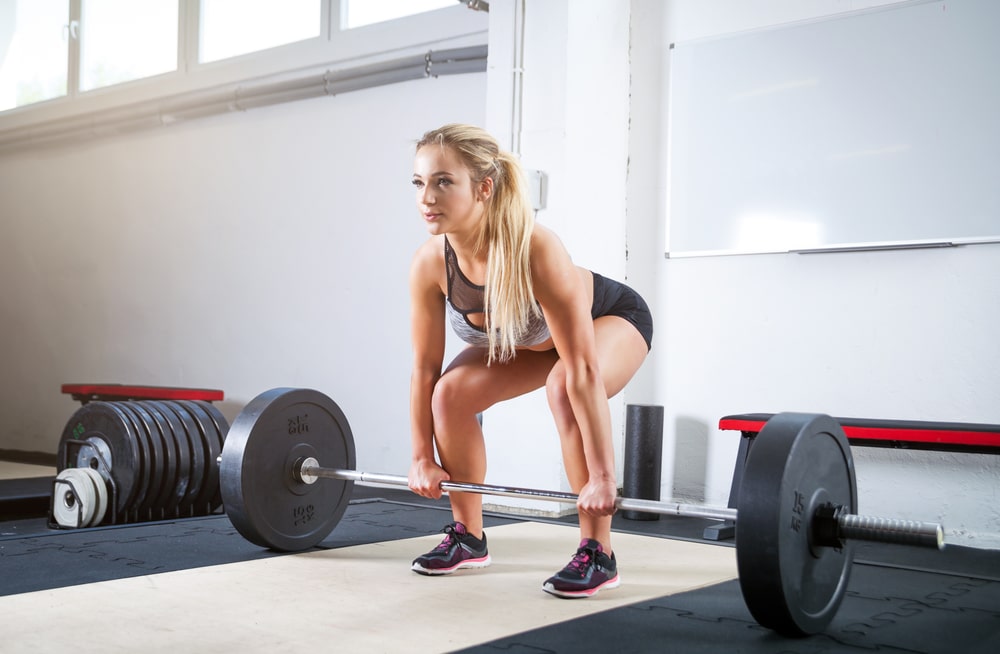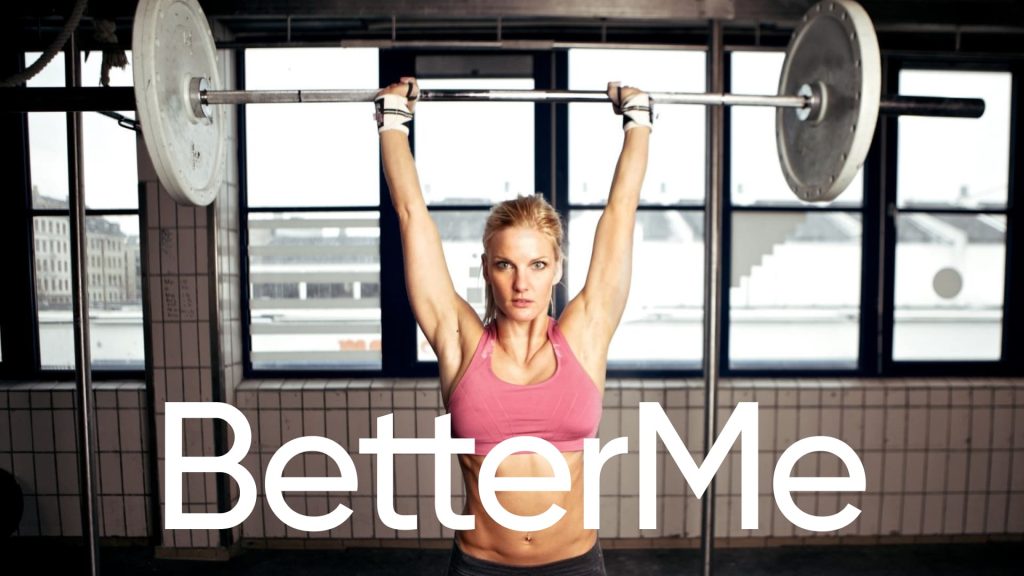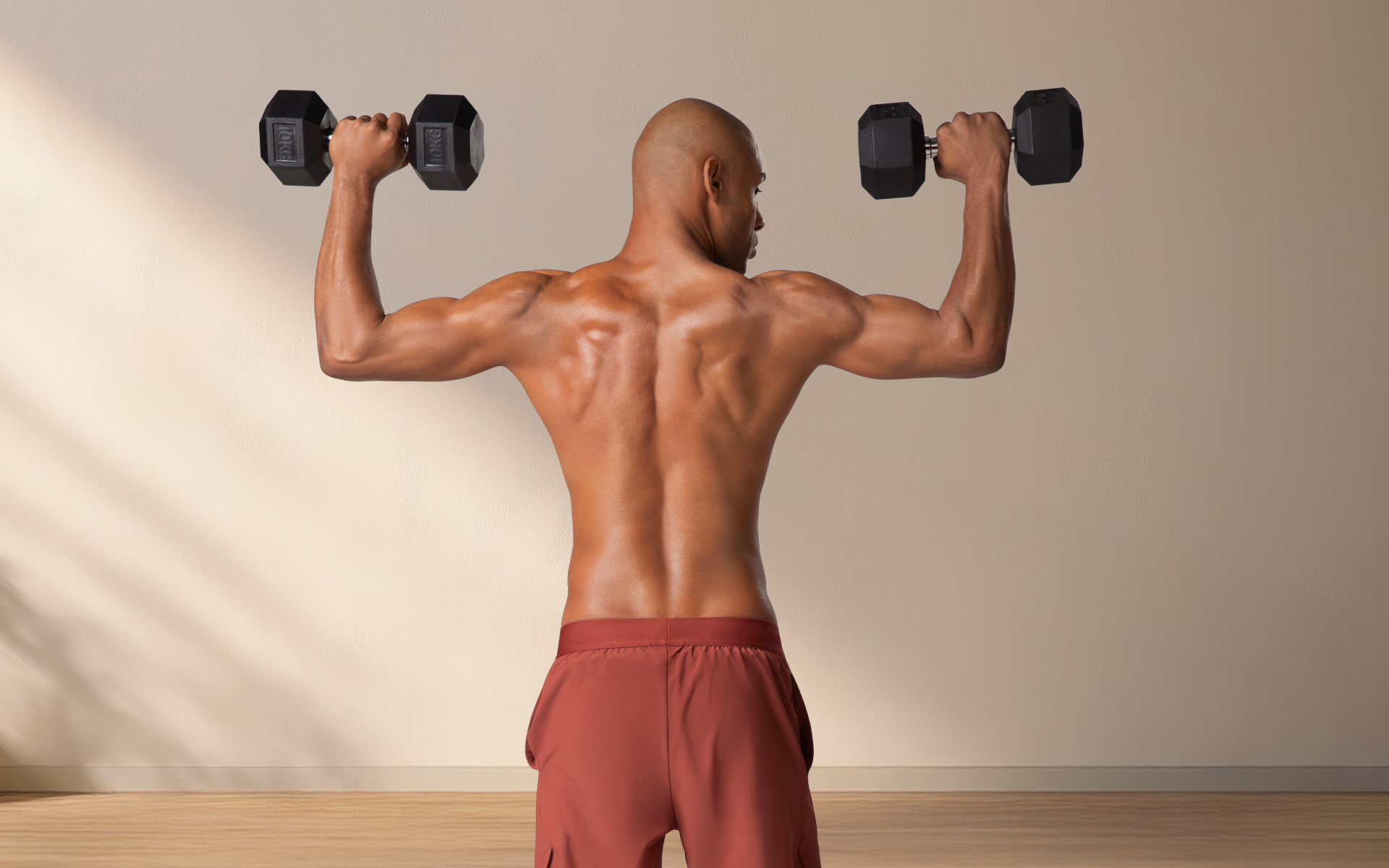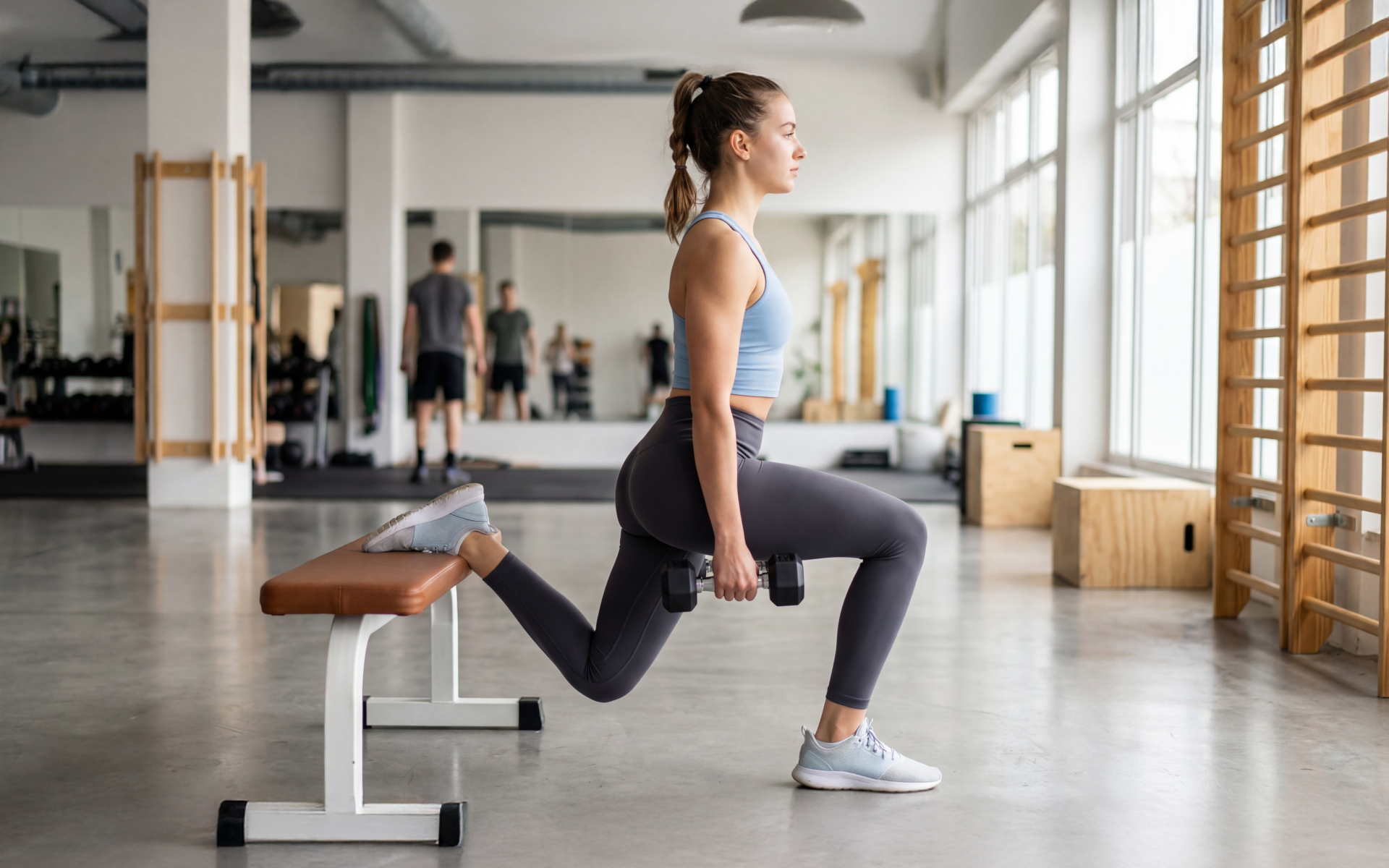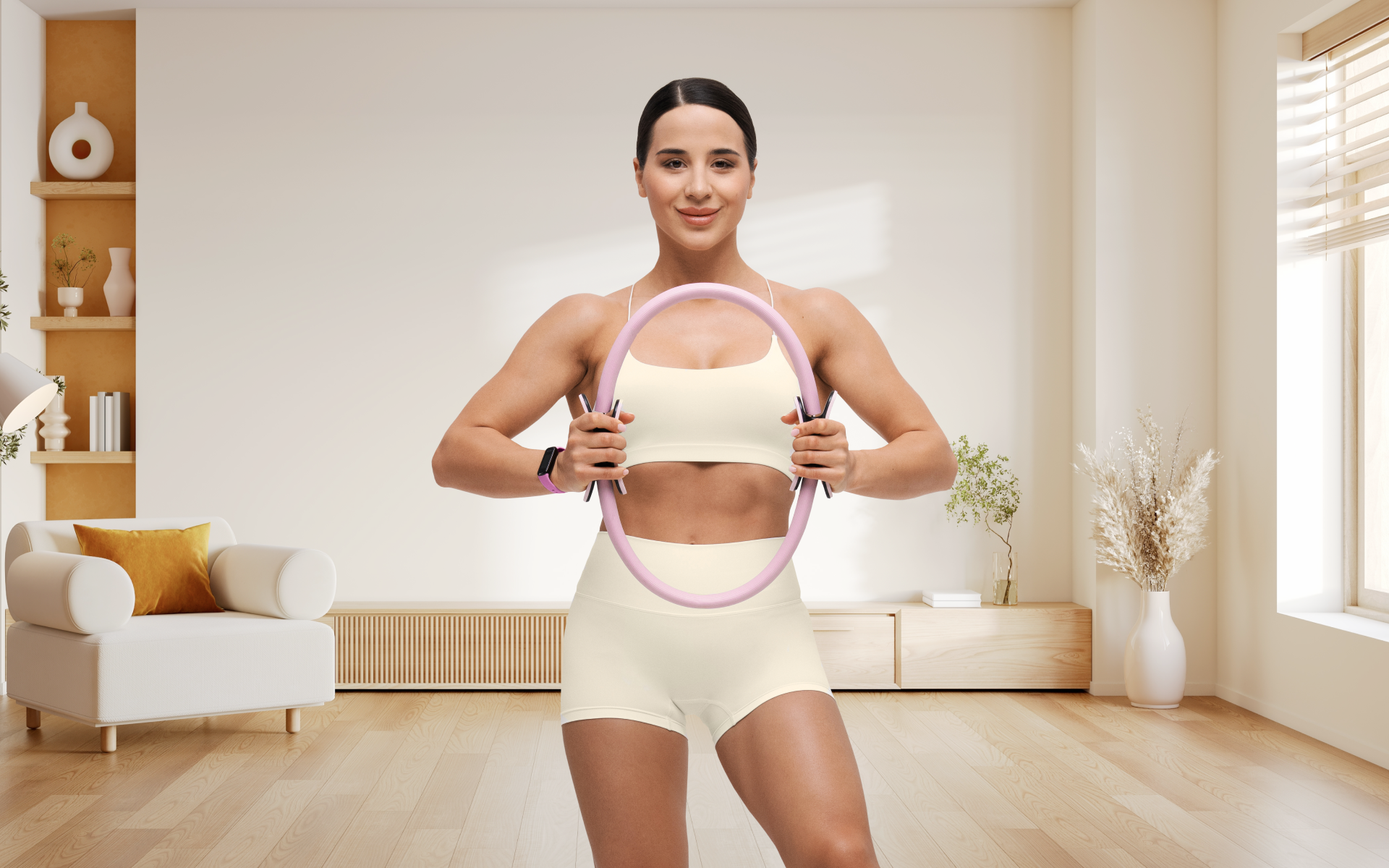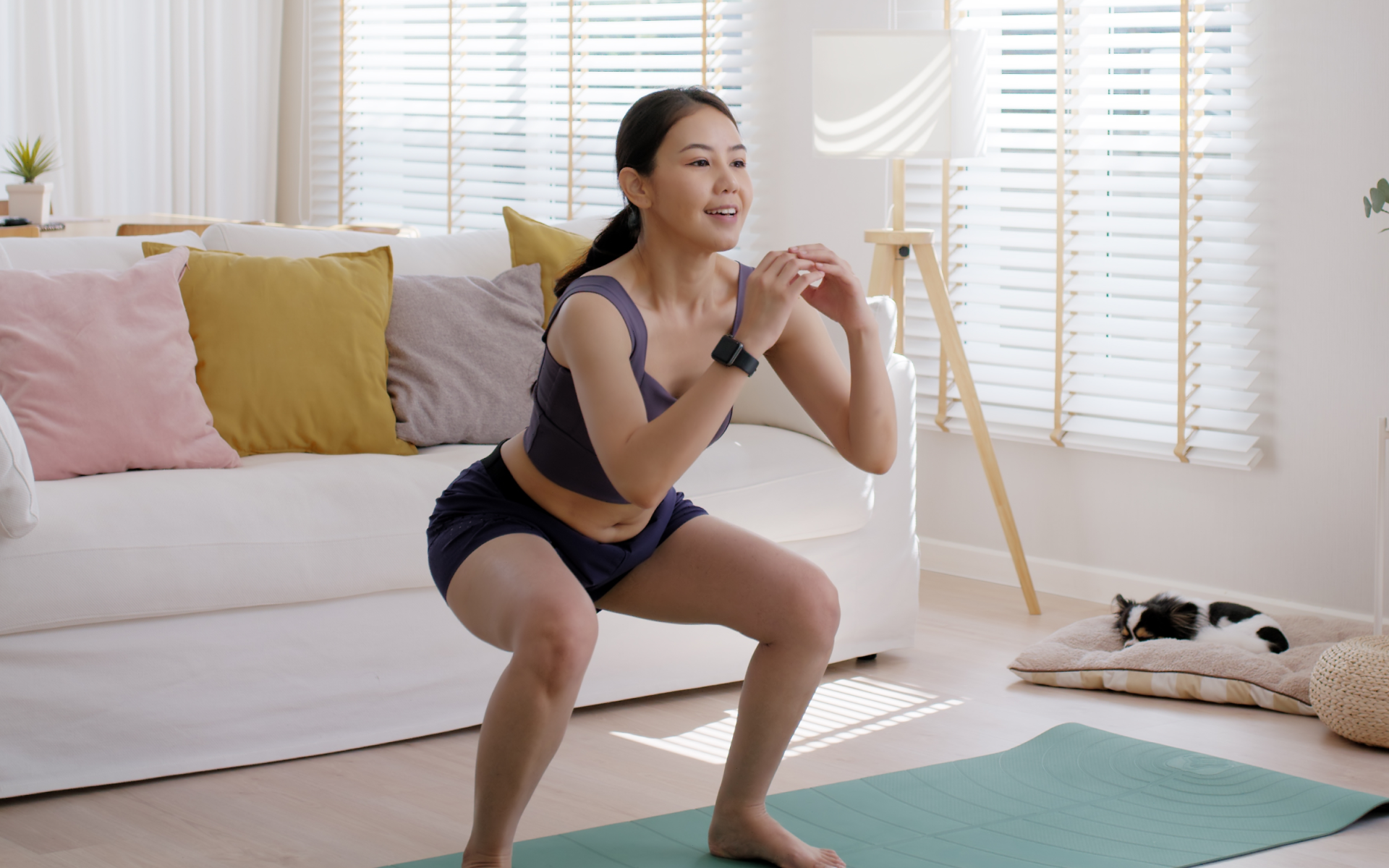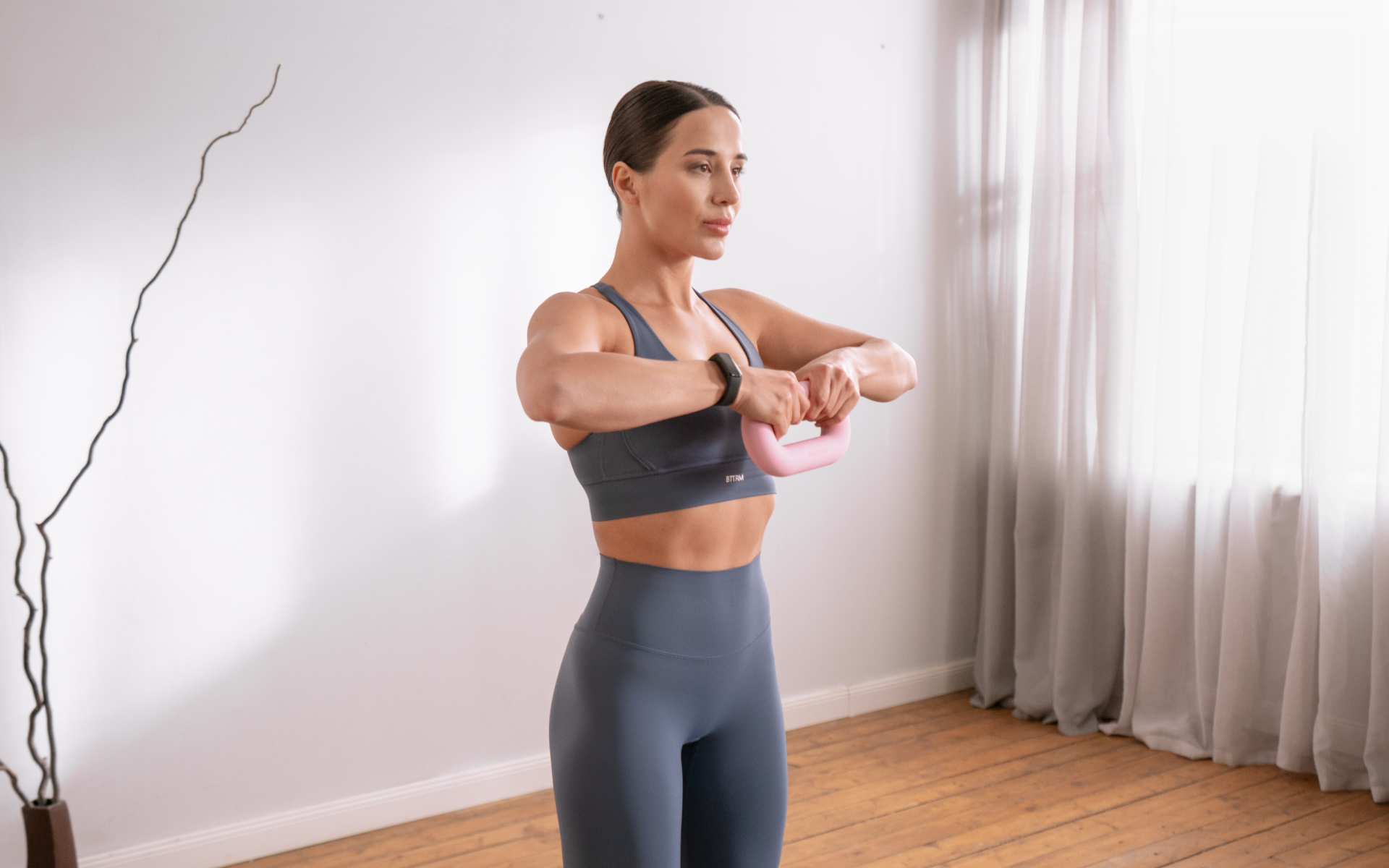Deadlifts on a back day? This is one of the troubling questions most people ask whenever they are told to do deadlifts on a back day. As we all know, we are supposed to exercise different muscle groups on different days. For example, you can work out your legs on day one, back, abs, and biceps on day two, and chest, triceps, and shoulders on day three. The problem is that most people consider the deadlift the king of leg exercises. From the schedule above, you should exercise your back and legs on different days. So how does it suddenly fit in a back training program? Can you deadlift for back benefits? Is the deadlift for the back or legs?
This read will answer these questions and also look at the deadlift for back benefits. We will provide some safety tips on how to deadlift for a sturdy back. In addition, we are going to suggest a deadlift back training program that minimizes your risk of backaches and injuries.
Deadlift For Back: Make Sure You Get The Protocol Right
There seems to be numerous debates about whether deadlifts are examples of back exercises. Practically every other person in the gym does deadlifts for increased strength in their leg muscles. These include the quads, hamstrings, and also glutes.
So why are deadlifts suddenly being categorized as back exercises? Well, according to Medicine Net, a deadlift is an example of a full-body movement because if done right, it works out more than your leg muscles (7). It also works out your lower back, core and glutes (7).
This exercise has also been deemed effective in reducing back pain intensity and increasing activity for individuals with lower back pain (8). These inferences concur with the findings of Medicine Net that also reveal how deadlifting can reduce back pain caused by prolonged sitting or lying down (7).
So, yes, you can perform a deadlift to help target your back muscles. In this case, you can choose to add the deadlifts to your back training program and execute them on back day. So long as you perform the deadlift exercise correctly, there are zero chances of getting hurt or sustaining back injuries. But what is this correct technique?
Read More: Deadlift Program For Strength: A Total-Body Strength Move To Boost Up Your Pulling Power
How To Deadlift For A Sturdy Back?
How you perform your deadlifts on leg day slightly differs from how you perform this exercise on back day. The most notable difference lies in when they are performed. On leg day, you can perform this exercise last or at the end of your workout routine. However, on a back day this exercise should be positioned among the first, if not the first to be performed.
Like deadlifting for increased leg strength, you must pay attention to the correct form when deadlifting for a sturdy back. There are various deadlift variations that you can perform, but experts recommend you opt for the traditional deadlift (2).
This means that you must learn how to do a traditional deadlift. Here are the steps to help you nail this technique and exercise:
- Begin by selecting comfortable weights to use in this exercise. Now here is where a problem usually arises. Some people tend to bite more than they can chew. You do not have to impress your trainer or gym buddy by going for heavy weights. All that does is make you strain and possibly lead to backaches and injuries. Mayo Clinic recommends you pick a weight that you can comfortably lift 12 to 15 times (5). Now go ahead and add the weights to the bar.
- Stand upright with your feet at least shoulder-width apart. The deadlift is characterized by particular angles when it comes to your hips and knees placement. Experts suggest keeping your hips between 66 and 149 angles and the knees between 57 and 95 degrees (1). Slightly bend your knees to help prevent straining them. Furthermore, bending the knees will help give your hamstrings a thorough workout.
- Start to bend forward to lift the bar slowly. As you do this, remember to engage your core and keep your chest open. Do not arch your back.
- Keep your legs firmly rooted on the ground and start to raise the bar off the ground slowly. Try to lift it as high as possible or to your point of comfort. Try to keep your back straight throughout the movement. Similarly, remember to breathe normally.
- Once you lift the bar as high as possible, hold the stance for a couple of seconds. Do not bounce or make rapid movements, as this distracts your form and results in injuries.
- Slowly lower the bar to the floor to return to the starting position. You will be required to get into the squatting position to enable you to place the weights on the floor without arching your back.
- Repeat to complete your reps.
If you wish to cinch your waist, tone up your bat wings, blast away the muffin top – our fitness app was created to cater to all your needs! BetterMe won’t give excess weight a chance!
Mistakes To Avoid When Doing Deadlifts
The first and most common mistake you must avoid making is arching your back during the movement. When you arch your back, you increase your risk of strained back muscles or ligaments, muscle tension or spasm (6).
The best deadlift for the back always asks you to keep your back straight to avoid these back problems. If you experience acute back pain after deadlifts, make sure you stop exercising and immediately seek medical attention. The next mistake you must avoid when doing this exercise is ignoring the value of your core.
Your core brings so much to the table, which is why you must engage it throughout this movement. Remember that a deadlift can also help increase your core strength, so make sure you engage your abdominal muscles throughout.
Alternative For Deadlift When Your Back Is Hurt
Even though deadlifts are excellent back exercises, they may prove impossible to perform when your back is hurting. In this case, you need to ask your doctor and personal trainer for help. If they do give you the green light to continue exercising, they will recommend back exercises such as the following:
Back Extensions
These exercises are safer alternatives that can help alleviate or reduce pain in your lower back. To perform a back extension, all you have to do is (3):
- Lie on your stomach and press your chest on the floor. Your arms must be resting by your sides.
- Slowly bring your forearms close to your chest and start pushing through them to lift your upper body off the floor.
- Keep your back straight and hips and pelvis on the floor. Make sure your chest is open and that you are facing forward.
- While at the top, hold the position for five to ten seconds before returning to the initial position.
- Repeat eight or ten times.
Read More: Planks For Back Pain: Another Reason Why This Go-To Bodyweight Exercise Will Never Go Out Of Fashion
Lower Back Flexibility Exercise
As the name suggests, this exercise can help reduce back pain and improve the flexibility of your back muscles. Below are the steps to help you perform this exercise (4):
- Lie on your back facing the ceiling. Bend your knees and let them stay firmly pressed on the ground.
- Place your hands on your chest and tighten your abdominal muscles. As you tighten your core, your stomach will start to pull away from your waistline.
- Hold this for at least five seconds and then relax. It will make your back flatten, and your navel pulls towards the floor. Hold this stance again for five seconds and then relax.
- Repeat five times. With time, you can gradually increase to your desired or instructed reps.
BetterMe is your fast-track ticket to a long-lasting weight loss! Tailor your fitness journey and maximize your results with just a couple of swipes!
The Bottom-To-Heels Stretch
This stretch can also help relieve back pain. To do it, follow these steps (3):
- Kneel on all fours with your knees placed directly under your hips. Your hands should also be under your shoulders.
- Keep your back straight, your neck neutral, and then slightly bend your elbows.
- Start to push your butt backward towards your heels. It will stretch both your arms and back.
- Hold the stretch for at least five seconds or until you take one deep breath.
- Return to the starting position, which is the kneeling stance.
- Repeat eight to ten times.
The Bottom Line
Besides being the king of leg exercises, deadlifts are also excellent back exercises. It means that you can perform deadlifts for benefits to your back on a back day. Be very careful about the technique to avoid injuring your back in the movement. If you experience intolerable pain, seek medical attention and ask your trainer for deadlift alternatives. They will recommend exercises such as the bottom-to-heels stretch, back extensions, and lower back flexibility exercise.
Get your personalized
meal plan!
DISCLAIMER:
This article is intended for general informational purposes only and does not address individual circumstances. It is not a substitute for professional advice or help and should not be relied on for decision-making. Any action you take upon the information presented in this article is strictly at your own risk and responsibility!
SOURCES:
- A Comparison Between the Squat and the Deadlift for Lower Body Strength and Power Training (2020, ncbi.nlm.nih.gov)
- Electromyographic activity in deadlift exercise and its variants. A systematic review (2020, ncbi.nlm.nih.gov)
- How can you treat a pulled muscle in the lower back? (2020, medicalnewstoday.com)
- Slide show: back exercises in 15 minutes a day (2016, mayoclinic.org)
- Weight training: Do’ s and don’ts of proper technique (2020, mayoclinic.org)
- What is causing this pain in my back? (2017, medicalnewstoday.com)
- What Is Deadlifting Good for? (2021, medicinenet.com)
- Which Patients With Low Back Pain Benefit From Deadlift Training? (2015, pubmed.ncbi.nlm.nih.gov)
